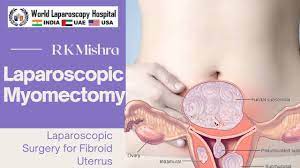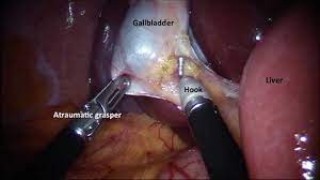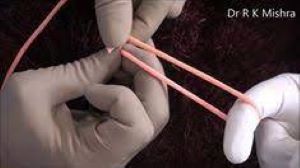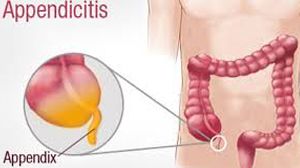Exploring the Laparoscopic Veress Needle: A Key Instrument for Minimally Invasive Surgery
Add to
Share
1,583 views
Report
2 years ago
Description
The Laparoscopic Veress Needle is an essential tool in minimally invasive surgery, allowing for safe and effective entry into the abdominal cavity. As a thin, pointed instrument that is inserted through a small incision, the Veress Needle is used to create a pneumoperitoneum, or a space within the abdominal cavity for laparoscopic visualization and instrumentation. In this exploration of the Laparoscopic Veress Needle, viewers are taken on a journey through the history, design, and application of this key instrument in minimally invasive surgery. The exploration begins with a brief overview of laparoscopic surgery and the importance of the Veress Needle in this type of surgery. Viewers are then introduced to the Veress Needle itself, learning about its design, construction, and the various features that make it an essential tool in minimally invasive surgery. The exploration delves into the various types of Veress Needles available and the specific uses of each. Throughout the exploration, viewers can see the Laparoscopic Veress Needle in action, demonstrating its precision and safety in creating a pneumoperitoneum. The exploration goes into detail about the technique for using the Veress Needle and the potential risks and complications associated with its use. The exploration also highlights the potential benefits of the Laparoscopic Veress Needle for patients, including reduced pain, faster recovery times, and lower healthcare costs. By minimizing tissue trauma and reducing the risk of complications, the instrument can help improve patient outcomes and reduce the burden on healthcare systems. As technology continues to advance, the Laparoscopic Veress Needle is evolving as well. Newer models of the instrument incorporate features such as increased safety and precision, allowing for even greater safety and efficacy in minimally invasive surgery. The exploration delves into these advancements, providing viewers with a comprehensive understanding of the current state of the art in Laparoscopic Veress Needle technology. Overall, this exploration of the Laparoscopic Veress Needle is a valuable resource for anyone interested in minimally invasive surgery or surgical instruments. It provides an in-depth understanding of the design, function, and benefits of the instrument, as well as its potential to improve patient outcomes and reduce healthcare costs. By showcasing the many applications of the Laparoscopic Veress Needle, the exploration inspires a greater appreciation for the role of technology in medicine and encourages further exploration of its applications. The Laparoscopic Veress Needle has revolutionized the field of minimally invasive surgery, allowing for safer and more effective access to the abdominal cavity. Compared to traditional open surgery, laparoscopic procedures using the Veress Needle offer several advantages, including reduced pain, faster recovery times, and improved patient outcomes. The exploration of the Laparoscopic Veress Needle begins with an overview of laparoscopic surgery, including its history and evolution. The exploration then dives into the Veress Needle itself, describing its design, construction, and various features that make it an essential tool in minimally invasive surgery. Viewers are also taken through the various techniques for using the Veress Needle, including the blind and open methods. The exploration goes into detail about the potential risks and complications associated with each technique, emphasizing the importance of proper training and technique to ensure safe and effective use of the instrument. The exploration also highlights the role of the Laparoscopic Veress Needle in reducing tissue trauma during surgery. The sharp, pointed tip of the instrument allows for precise tissue manipulation and minimal trauma, reducing the risk of bleeding, scarring, and other complications. Throughout the exploration, viewers can see the Laparoscopic Veress Needle in action, providing a firsthand look at its precision and safety in creating a pneumoperitoneum. The exploration also showcases the various applications of the instrument, including in laparoscopic cholecystectomy, hernia repair, and other procedures. As healthcare costs continue to rise, the Laparoscopic Veress Needle offers a promising solution for reducing the financial burden on patients and healthcare systems. By minimizing tissue trauma and reducing the risk of complications, the instrument can help improve patient outcomes and reduce healthcare costs associated with longer hospital stays, higher rates of readmission, and other factors. Overall, this exploration of the Laparoscopic Veress Needle is an informative and insightful resource for anyone interested in minimally invasive surgery or surgical instruments. It provides a comprehensive understanding of the design, function, and benefits of the instrument, as well as its potential to improve patient outcomes and reduce healthcare costs.
Similar Videos






